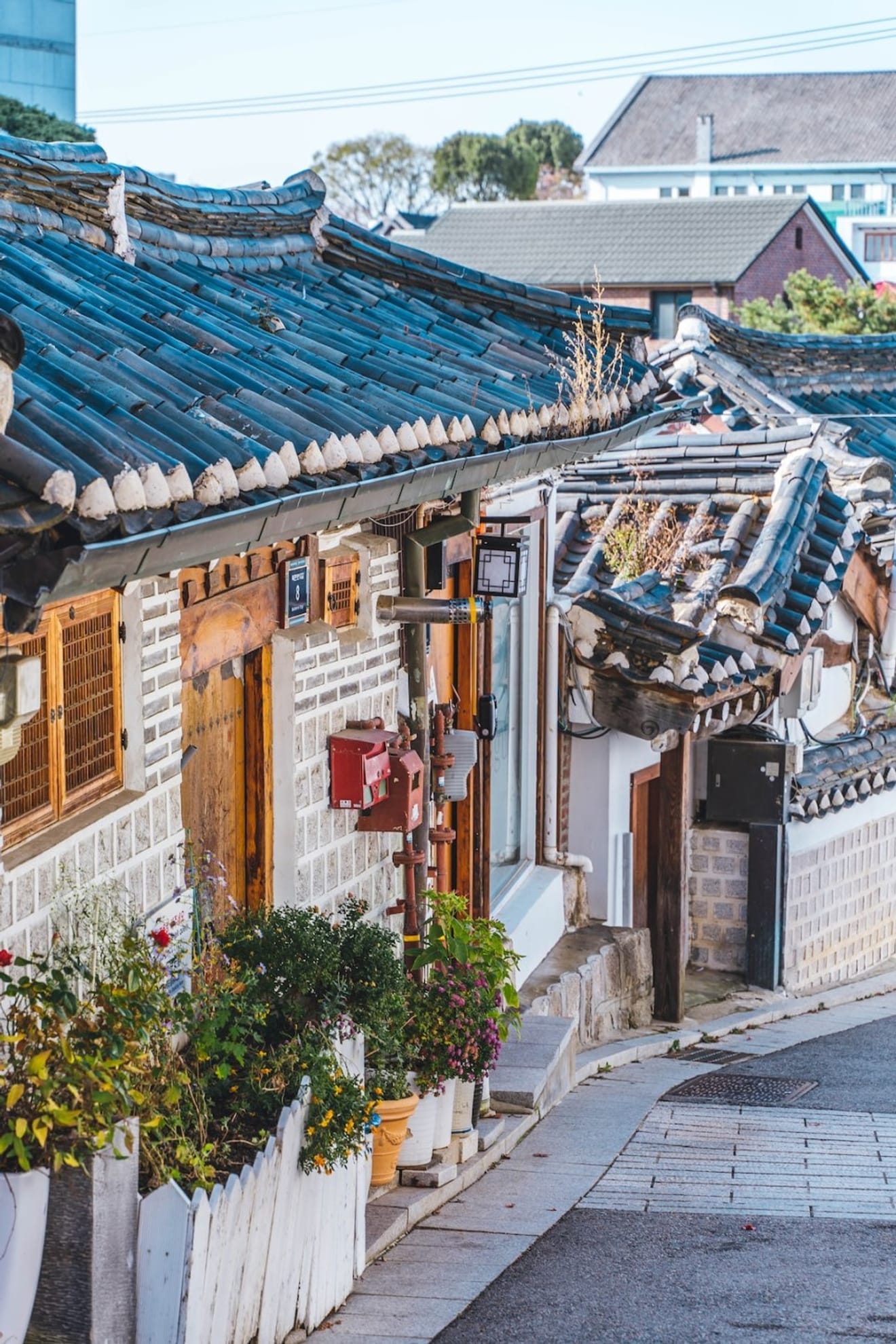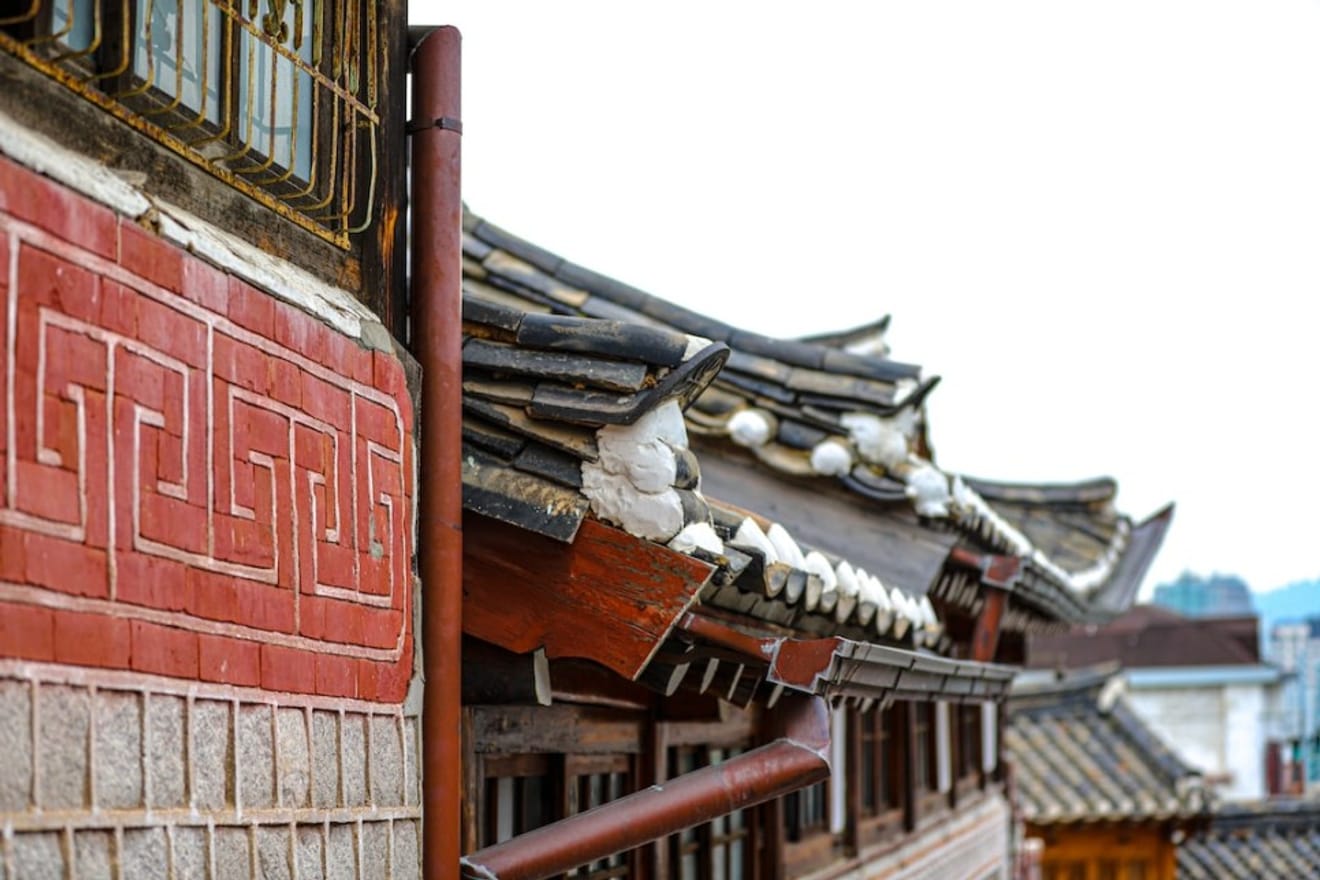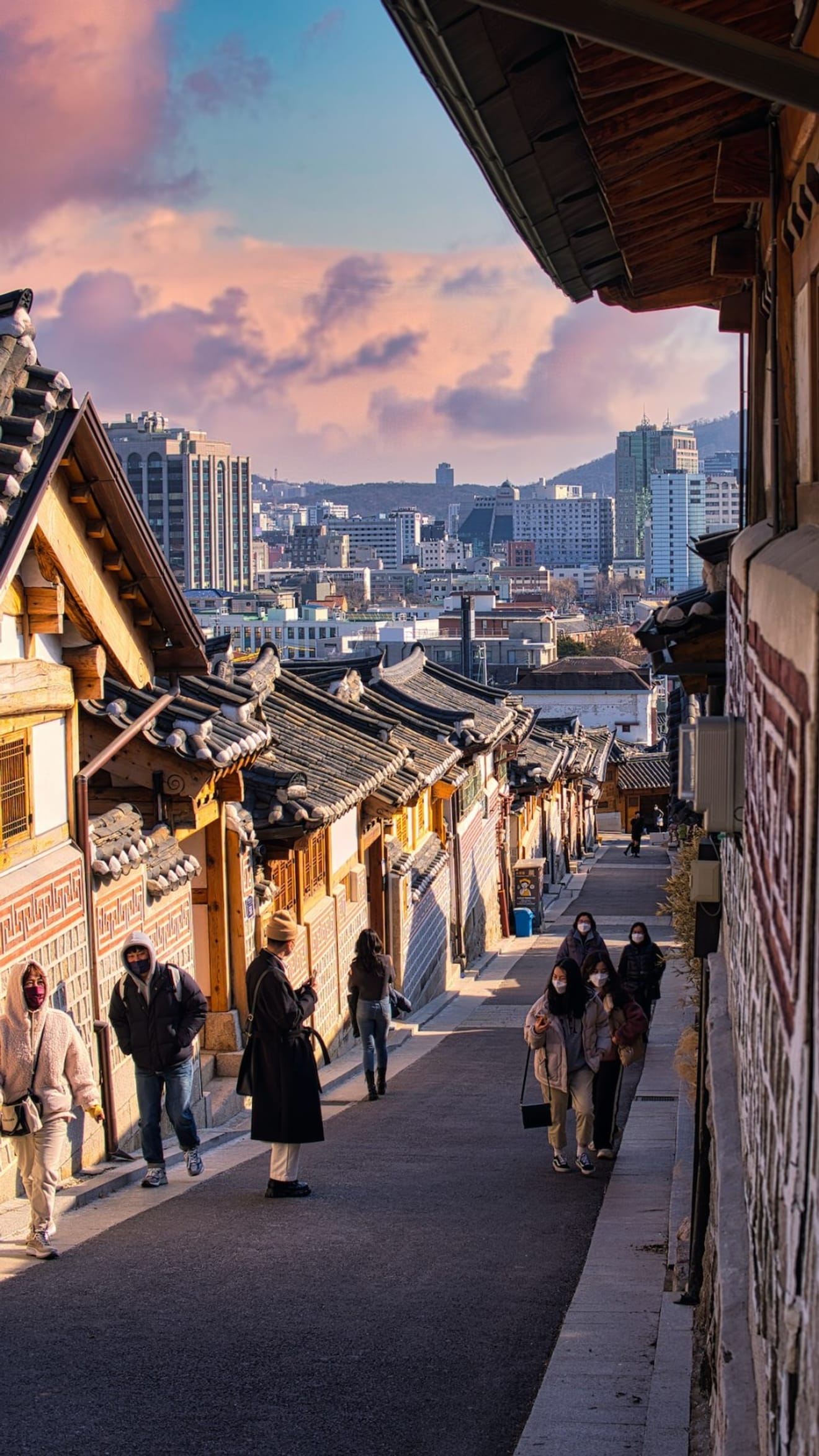Subject
- #Seoul Tourism
- #Seoul Travel
- #Seoul Hanok
- #Bukchon Hanok Village
- #Korean Tourism
Created: 2024-03-25
Created: 2024-03-25 15:47
Bukchon Hanok Village in Seoul is a historic neighborhood renowned for its traditional Korean architecture and cultural spaces.
This village preserves and promotes Korean traditional culture through museums, galleries, and workshops.
Visitors can experience traditional tea ceremonies, calligraphy classes, and folk art activities.
Let's explore Bukchon Hanok Village, a popular cultural tourism destination and a significant place symbolizing Korea's rich history and heritage.

Location and Geographical Characteristics
Bukchon Hanok Village (北村韓屋村) is a hanok village located in Jung-gu, Seoul.
It is situated in the heart of Seoul, Republic of Korea, nestled between two famous palaces: Gyeongbokgung Palace and Changdeokgung Palace.
The village covers an area of approximately 1 square kilometer and is nestled on a hill overlooking the city.
The village's narrow alleys and winding streets are lined with traditional Korean houses known as hanoks, built using specific architectural styles and construction methods passed down through generations.
Its location between two of Seoul's most famous landmarks makes it a convenient and popular tourist destination for visitors interested in Korean traditional culture and history.

History
The history of Bukchon Hanok Village dates back over 600 years to the Joseon Dynasty.
Developed during the Joseon Dynasty (1392-1897), this neighborhood was originally inhabited by high-ranking officials, nobles, and royalty.
Its strategic location between Gyeongbokgung Palace and Changdeokgung Palace made it an ideal place for the affluent and powerful to build their homes.
During the early 20th century, under Japanese colonial rule, most of Bukchon Hanok Village's traditional architecture was destroyed or replaced with modern buildings.
However, in the 1990s, the Korean government launched a major restoration project to revive Bukchon's historic architecture and cultural heritage.
Today, Bukchon Hanok Village stands as a living museum of Korean traditional culture and architecture.
Bukchon Hanok Village boasts over 900 hanoks, many of which have been passed down through generations.

Composition
Today, Bukchon Hanok Village has established itself as a popular tourist destination and cultural hub, attracting visitors from all over the world interested in learning about Korea's traditional culture and history.
The village houses various museums, galleries, and cultural institutions, including the Bukchon Traditional Culture Center and the Korean Folk Village. The narrow alleys and winding streets of the village are lined with traditional Korean shops, cafes, and galleries, attracting tourists eager to experience Korean traditional culture and history firsthand.
Furthermore, many artists and artisans have established workshops and studios here, making it a significant center for Korean traditional arts and crafts. Various cultural festivals and events are held throughout the year, including the Bukchon Traditional Culture Festival, which celebrates the area's rich cultural heritage through music, dance, food, and crafts.

Historical Significance
Bukchon Hanok Village holds significant historical importance as it offers a glimpse into the traditional Korean lifestyle and culture of the Joseon Dynasty.
The village's historic houses and narrow alleys provide a vivid experience of Korea's rich cultural heritage and architectural traditions.
Today, Bukchon Hanok Village is considered one of the best-preserved historical villages in Seoul, with over 900 hanoks that have been passed down through generations.
The preservation and restoration of the Hanok Village are recognized as an important effort to protect and promote Korea's cultural heritage.
Beyond its cultural significance, it is also a testament to the resilience and perseverance of the Korean people.
Despite the destruction and modernization that occurred during the Japanese colonial period and the rapid urbanization of modern Seoul, Bukchon Hanok Village remains a proud and vibrant symbol of Korea's rich cultural heritage.
Comments0